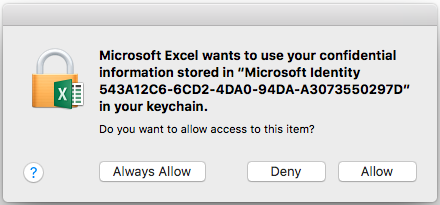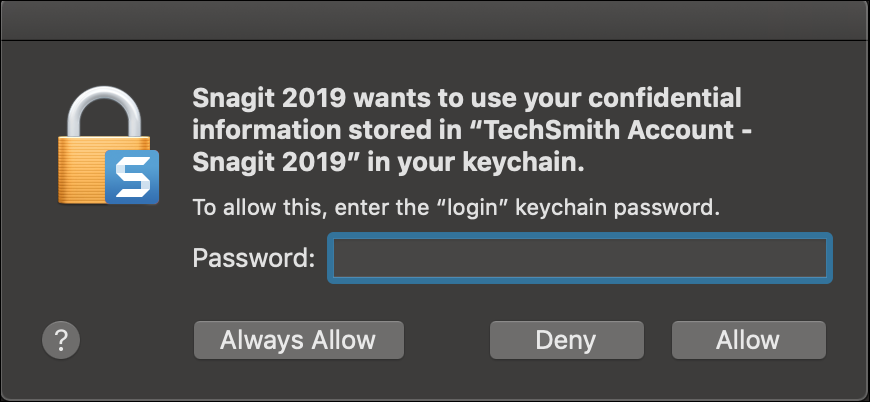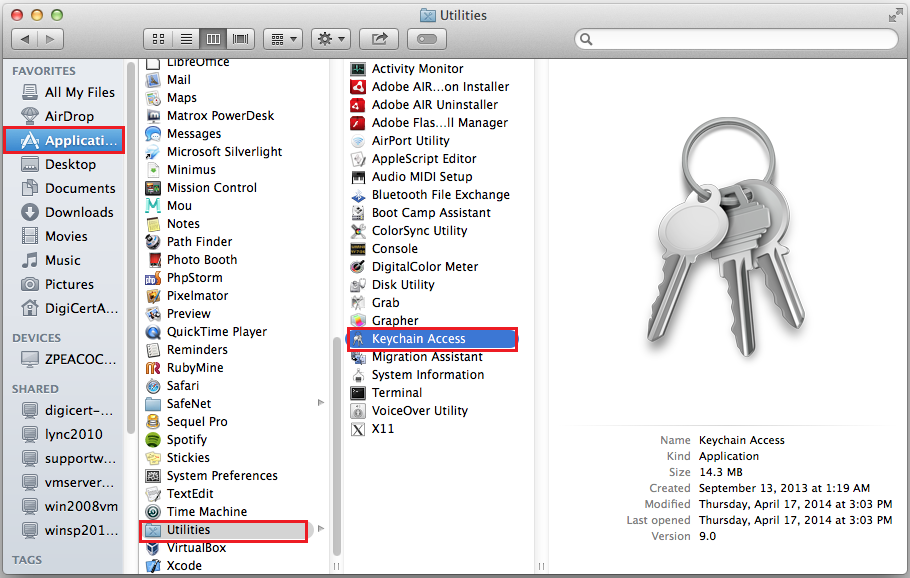

As a consequence, if a PAT is accidentally exposed, the damage is more limited and it can be easily revoked and replaced. Personal access tokens can be restricted with scopes to perform only certain activities, unlike passwords.While users can often pick weak passwords, personal access tokens will never be duplicated across users and will never be weak. The personal access token is generated by a CSPRNG, so it is computationally infeasible for anyone to guess.
#KEYCHAIN ACCESS FOR MAC PASSWORD#
The main differences between using a personal access token and a password are the following: This personal access token is sent over the HTTP protocol just like a password would be.

#KEYCHAIN ACCESS FOR MAC MAC#
Still, it’s better than nothing, and it’s good to know where it is.If you use HTTPS with Git on a Mac to access GitHub, then you can continue to do so, just with a personal access token instead of a password. It might be smart for Apple to build a dedicated password manager for macOS at some point, but until then Keychain Access combines all kinds of things in one cluttered interface. Most users won’t ever need to think about these tools, and on iOS passwords are managed in their own interface. Browsing this you’ll probably see a lot of keys used by Messenger and iCloud.

Browsing your passwords is simplest if you click the “Passwords” category, then sort by “Kind.” Most users opening Keychain Access are looking for a specific password they saved earlier, such as a saved Wi-Fi password or a password used by a specific website. These basically act as a filter: click “Passwords,” for example, and you’ll only see Passwords stored within the Keychain you’re looking at right now.įinally, in the right panel, you’ll find the things you’re actually looking for. Below that, you’ll find categories of things that Keychain Access can store.


 0 kommentar(er)
0 kommentar(er)
